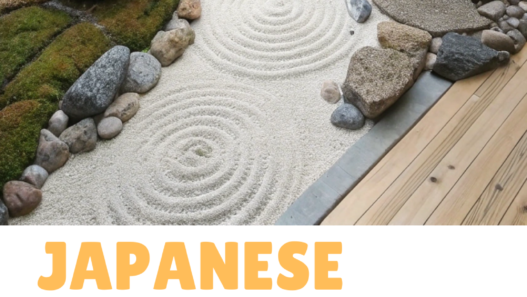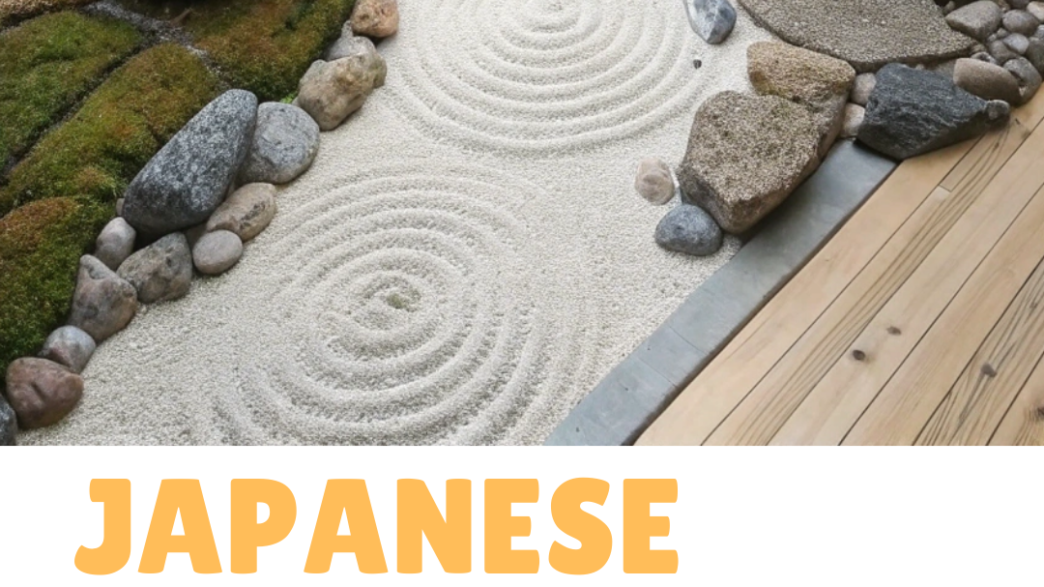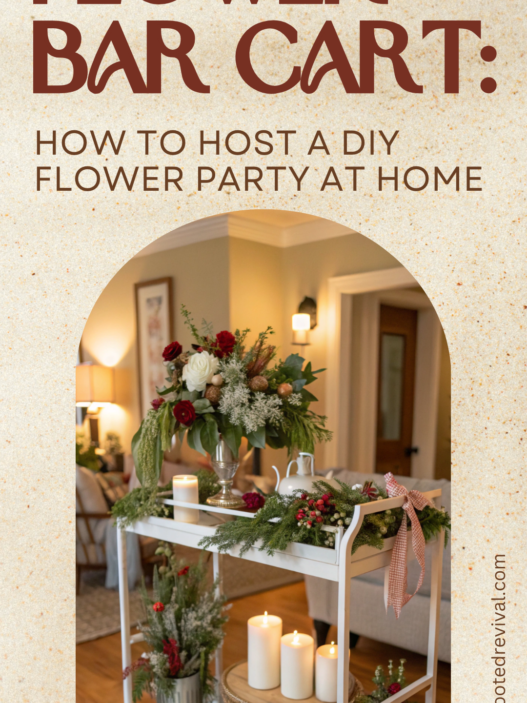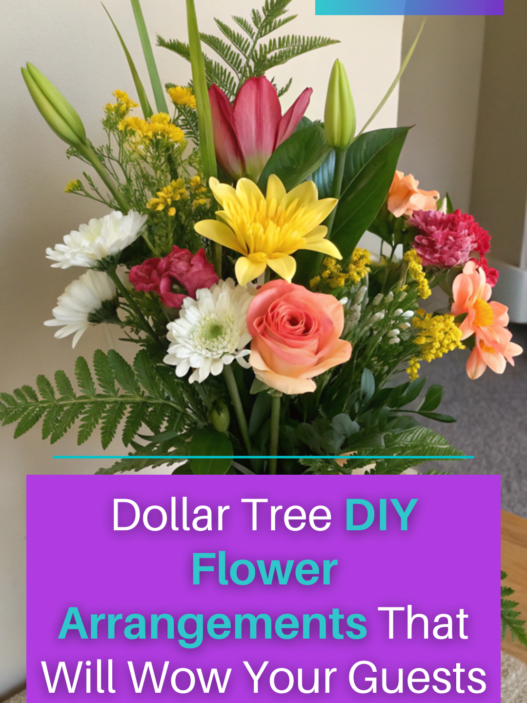Creating a miniature garden inside your home is a fantastic way to bring nature indoors while adding a touch of charm and personality to your space. Whether you love fairy-tale aesthetics, the minimalism of bonsai, or the elegance of Japanese-inspired designs, there’s a perfect mini garden for every taste. In this article, we explore seven breathtaking mini garden ideas that can transform your home’s interior design.
Table of Contents
- Enchanting Fairy Mini Gardens – Add whimsy and wonder to your decor.
- Mini Cactus Gardens in 30 Minutes – Quick and effortless greenery.
- Elegant Mini Bonsai Gardens – The art of balance and beauty.
- Mini Japanese Gardens for Serenity – Harmonizing indoor and outdoor spaces.
- Combining Elements for a Unique Look – Mixing fairy, bonsai, and Japanese styles.
- Choosing the Right Containers and Materials – Essential tips for a lasting mini garden.
- Caring for Your Miniature Garden – Maintenance tips for longevity.
1. Enchanting Fairy Mini Gardens
Fairy gardens bring a storybook-like charm to any space. Using tiny figurines, miniature furniture, and lush greenery, you can create a magical world right on your tabletop. Use moss, succulents, and small flowers to create a dreamy ambiance, and add twinkling LED lights for an extra touch of enchantment.
2. Mini Cactus Gardens in 30 Minutes
If you love low-maintenance plants, a mini cactus garden is a perfect choice. These gardens can be assembled in under 30 minutes using a shallow dish, cacti, and decorative rocks. Ideal for busy homeowners, they add a pop of greenery without requiring frequent care. Opt for different sizes and colors of cacti to create visual interest.
3. Elegant Mini Bonsai Gardens
Bonsai trees symbolize patience, harmony, and nature’s beauty. These small but striking trees fit perfectly in compact spaces while adding a sophisticated touch to your decor. Consider using a shallow ceramic pot with moss and decorative stones to enhance the aesthetic appeal of your mini bonsai garden.
4. Mini Japanese Gardens for Serenity
Japanese gardens emphasize tranquility and simplicity. You can design a miniature version using sand, pebbles, moss, and small bamboo plants. Raking patterns in the sand can add a meditative element to your decor, making it an excellent choice for stress relief and mindfulness practices.
5. Combining Elements for a Unique Look
Why settle for just one style when you can mix elements from different mini gardens? Combine the charm of a fairy garden with the serenity of a Japanese-style layout, or add tiny cacti to your bonsai setup for a modern twist. Mixing materials, plants, and accessories can help you create a personalized mini garden that reflects your unique taste.
6. Choosing the Right Containers and Materials
The key to a stunning mini garden is selecting the right containers. Glass terrariums, ceramic pots, and wooden trays each bring a distinct aesthetic to your space. Consider using natural materials like pebbles, driftwood, and moss to enhance the organic feel of your garden.
7. Caring for Your Miniature Garden
To keep your mini garden thriving, it’s essential to understand its specific care needs. Cactus gardens require minimal watering, while bonsai trees need regular pruning. Fairy and Japanese gardens may benefit from occasional misting and trimming to maintain their beauty. Choosing the right plants for your indoor environment ensures longevity and vibrancy.
Final Thoughts
Mini gardens are more than just decorative pieces—they bring life, tranquility, and creativity into your home. Whether you choose a fairy-inspired setup, a desert-themed cactus arrangement, a refined bonsai display, or a meditative Japanese garden, these miniature landscapes can elevate your interior design in countless ways. Start your mini garden project today and transform your space with nature’s beauty!






